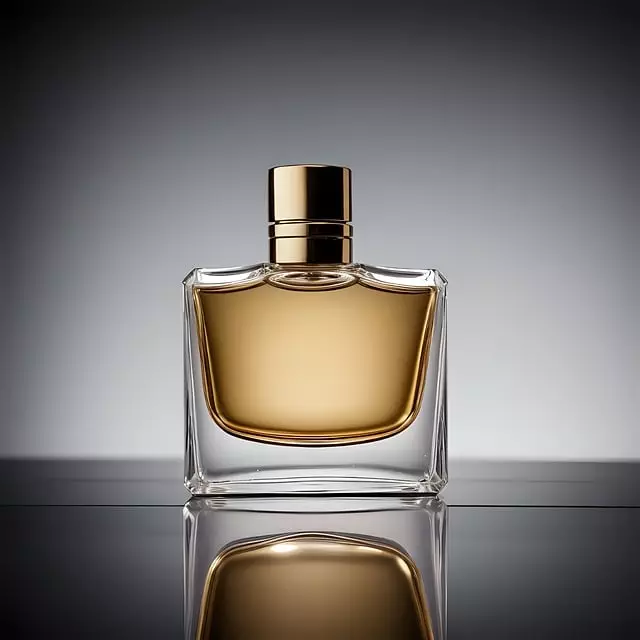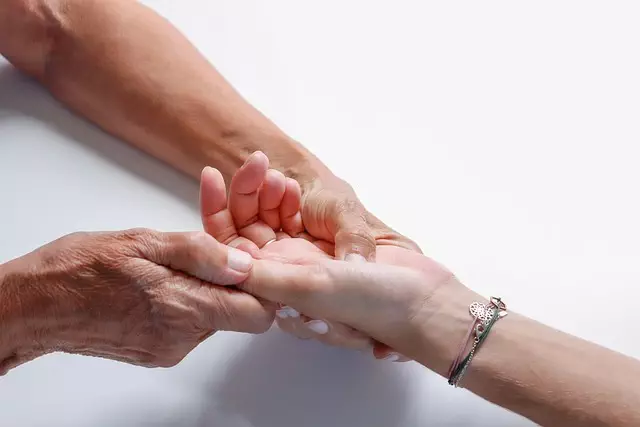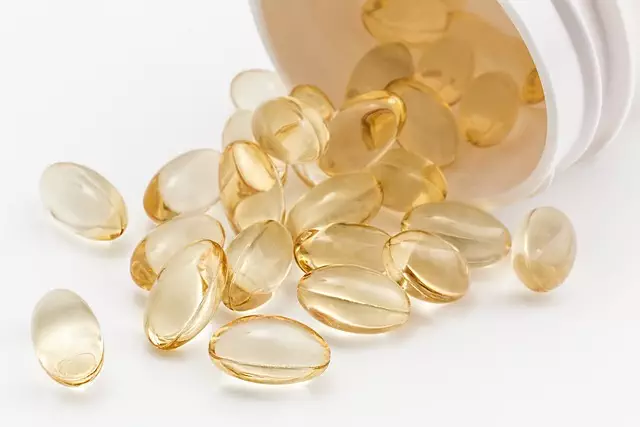Botox treatments are a popular, non-surgical method for wrinkle reduction, offering temporary yet effective paralysis of facial muscles responsible for dynamic wrinkles. The procedure involves injecting botulinum toxin into targeted areas, smoothing fine lines around the eyes, forehead, and mouth. With minimal downtime, quick recovery, and natural results, Botox provides an attractive alternative to surgery or chemical peels. Customized treatments target specific muscle groups, with side effects rarely lasting long. Consulting a board-certified dermatologist ensures safety and optimal results. Post-treatment care includes skincare routines for enhanced longevity of results.
Uncover the secrets to achieving a youthful glow with non-surgical wrinkle reduction techniques, specifically focusing on the power of Botox treatments. This comprehensive guide delves into the various aspects of skin rejuvenation, offering insights into how Botox can transform your appearance. From understanding the process to exploring its benefits and potential side effects, you’ll learn how to make informed decisions. Discover the importance of choosing an expert dermatologist and understand the recovery process, maintenance tips, and follow-up care for optimal results with Botox treatments.
Understanding Non-Surgical Wrinkle Reduction
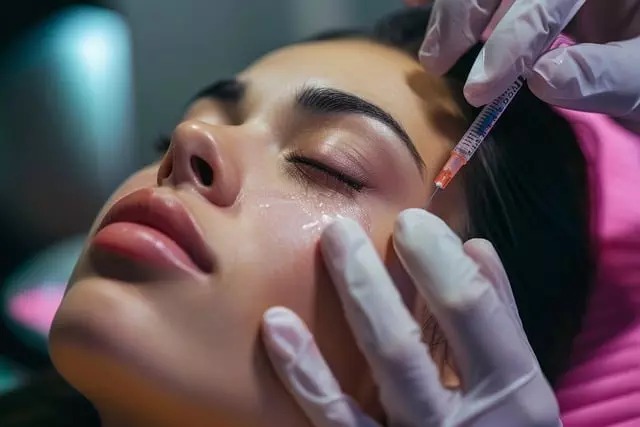
Non-surgical wrinkle reduction, also known as cosmetic injections or Botox treatments, has emerged as a popular and minimally invasive way to combat signs of aging. This procedure involves injecting a neuromodulator, most commonly botulinum toxin (Botox), into specific areas of the face where wrinkles have formed due to muscle activity. By temporarily paralyzing the muscles responsible for creasing the skin, Botox treatments can significantly reduce the appearance of fine lines and wrinkles, offering a youthful glow without surgery.
This non-invasive approach is appealing to those seeking an alternative to traditional surgical facelifts or deep chemical peels. It provides a quick, relatively painless experience with immediate results. Additionally, the effects of Botox are temporary, usually lasting 3-6 months, allowing individuals to maintain a natural look while enjoying improved skin texture and reduced wrinkles.
The Role of Botox in Skin Rejuvenation

Botox has emerged as a leading non-surgical wrinkle reduction method, offering a safe and effective solution for those seeking skin rejuvenation. The process involves injecting a small amount of botulinum toxin into specific muscle groups, which temporarily paralyzes them. This action reduces the contraction of muscles that cause dynamic wrinkles, especially around the eyes, forehead, and mouth. By smoothing these problem areas, Botox treatments provide an immediate and natural-looking result, making it a popular choice for individuals aiming to restore a youthful appearance without surgery.
This cosmetic procedure is renowned for its ability to deliver remarkable outcomes with minimal downtime. As a result, many people opt for regular Botox treatments as part of their skincare routines, ensuring they maintain a refreshed and relaxed look. With its non-invasive nature and proven track record, Botox continues to be a game-changer in the world of skin rejuvenation.
How Botox Treatments Work for Different Areas
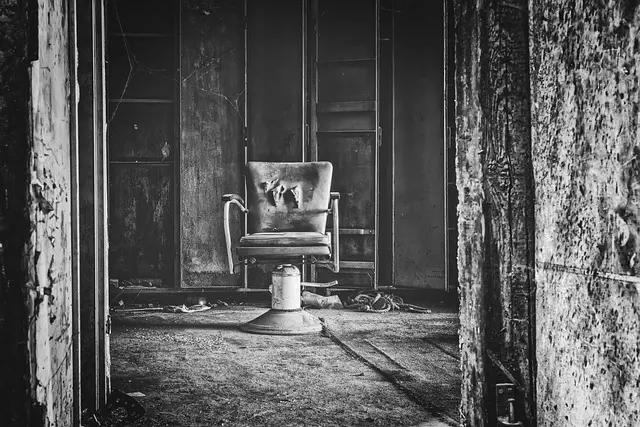
Botox treatments have become a popular and effective non-surgical wrinkle reduction method, targeting various areas of the face. The key active ingredient, botulinum toxin, is injected into specific muscles to temporarily relax them, reducing the appearance of fine lines and wrinkles. This action prevents the muscle contractions that contribute to dynamic wrinkling, especially around the eyes, forehead, and frown lines.
Different regions of the face require tailored approaches. For instance, Botox can smoothen out crow’s feet by relaxing the corner muscles of the eyes. It is also commonly used to treat vertical frown lines between the brows and horizontal wrinkles on the forehead. Additionally, it can address neck bands and turkey gobble lines by targeting the neck muscles, providing a more youthful contour.
Benefits and Potential Side Effects of Botox

Botox treatments have gained immense popularity as a non-surgical wrinkle reduction method. One of the primary benefits is its ability to relax facial muscles, thereby smoothing out fine lines and wrinkles, including those around the eyes, forehead, and mouth. This effect can last for several months, providing a noticeable improvement in skin appearance without any significant downtime or recovery period, unlike surgical procedures. Additionally, Botox is considered safe and effective when administered by qualified professionals, with minimal discomfort during treatment.
While generally well-tolerated, it’s important to be aware of potential side effects. Some users may experience temporary symptoms like mild headaches, muscle weakness around the treated areas, or a droopy eyelid (ptosis). These side effects are usually mild and resolve within a short time. However, more severe reactions are rare. It’s crucial to consult a reputable medical professional for Botox treatments to mitigate risks and ensure optimal results aligned with your expectations.
Choosing the Right Dermatologist for Your Procedure

When considering non-surgical wrinkle reduction treatments like Botox, choosing the right dermatologist is paramount to achieving optimal results and ensuring safety. It’s crucial to find a board-certified dermatologist who has extensive experience in administering Botox treatments. Look for professionals who stay current with the latest industry developments and use only approved, high-quality products.
During your initial consultation, communicate openly about your expectations, medical history, and any concerns you might have. A reputable dermatologist will take the time to understand your unique needs, offer personalized advice, and walk you through the procedure step by step. This collaborative approach ensures that you make an informed decision aligned with your aesthetic goals.
Recovery Process After a Botox Session

After a Botox treatment, the recovery process is generally swift and comfortable. You may experience some temporary redness or mild swelling at the injection sites, but this usually subsides within a few hours. Patients can return to their regular activities immediately after the procedure, though it’s recommended to avoid strenuous exercise or physical activity for 24-48 hours to prevent displacement of the injected product.
It’s crucial to follow your dermatologist’s aftercare instructions, which may include applying a cold compress to reduce swelling and using sunscreen when exposing treated areas to the sun. Within a few days, you should start noticing the effects of the Botox treatment as the wrinkles begin to soften. Results typically last for 3-4 months, providing a noticeable improvement in skin appearance without the need for surgery.
Maintenance and Follow-Up Care Tips

After your non-surgical wrinkle reduction treatment, like Botox injections, maintaining optimal skin health is crucial for maximizing results and prolonging the effects. Regular cleansing and moisturizing are essential; use gentle, pH-balanced products to avoid irritation. Sun protection is also vital; daily application of a broad-spectrum sunscreen with at least SPF 30 helps prevent further sun damage and premature aging.
Follow-up care includes staying hydrated by drinking plenty of water and avoiding excessive alcohol consumption. Some over-the-counter skincare products containing retinol or other anti-aging ingredients can enhance the overall appearance of your skin. Remember, consistency is key; maintaining these simple routines will help ensure your wrinkle reduction results remain evident and provide a smooth transition to future treatments if needed.

